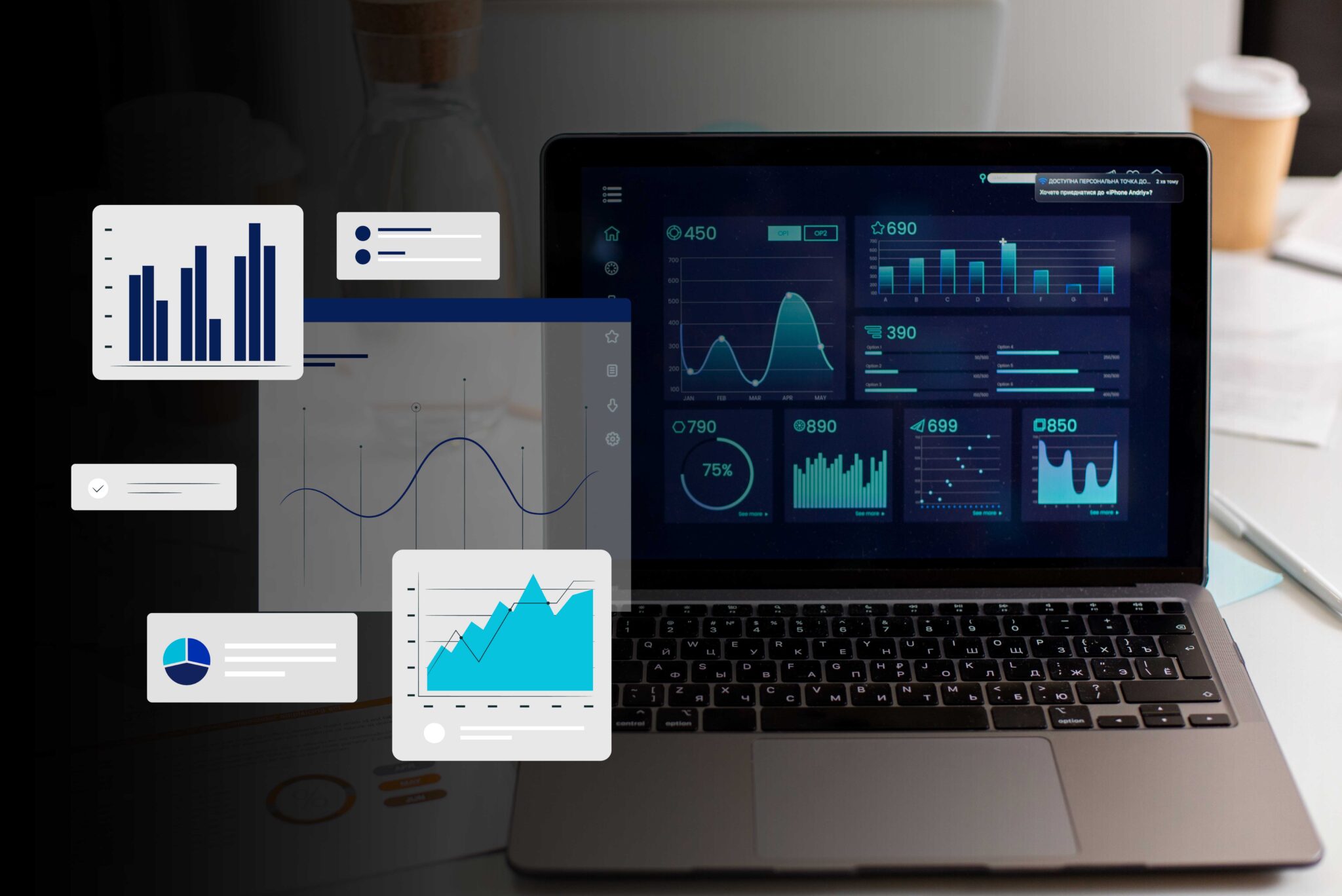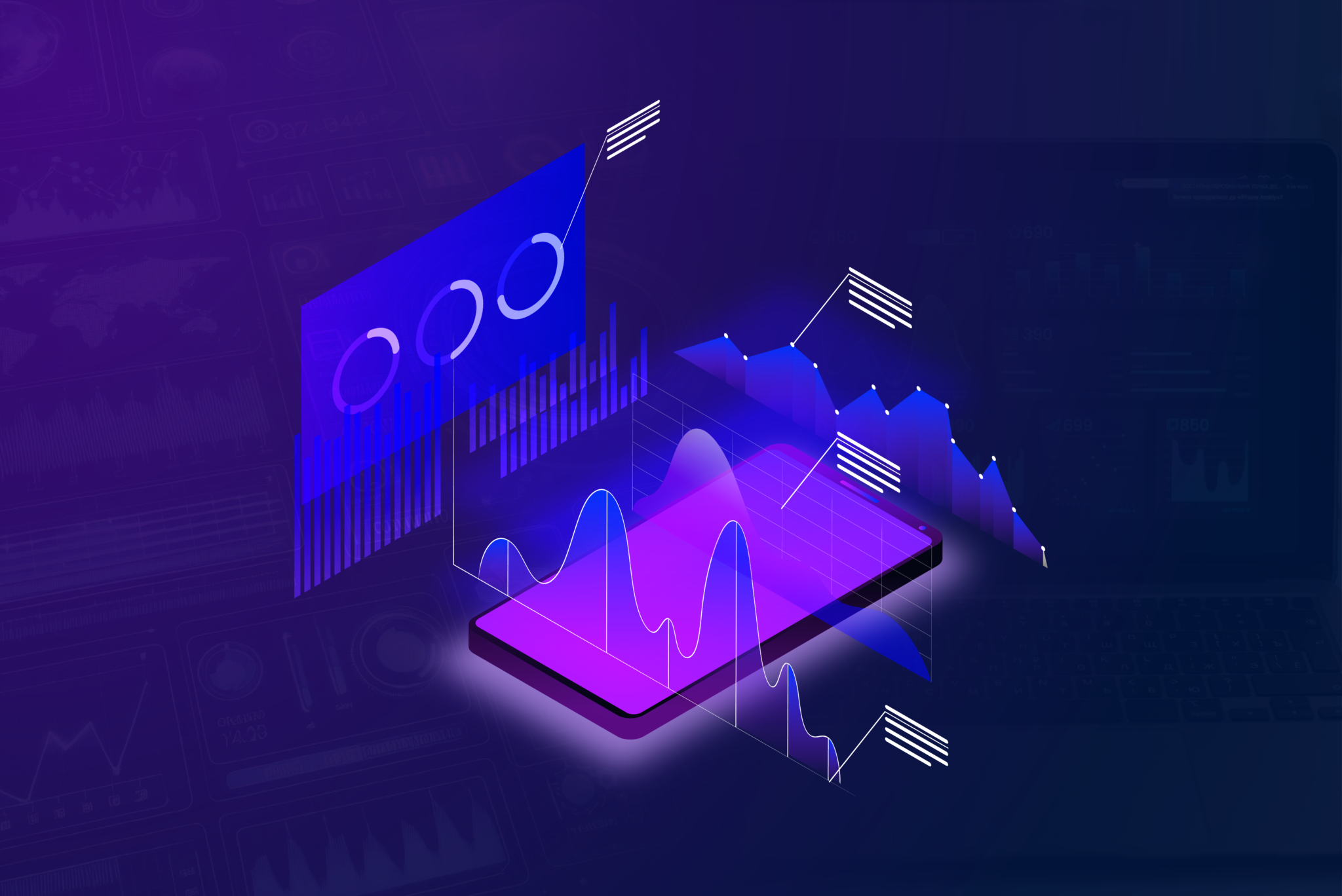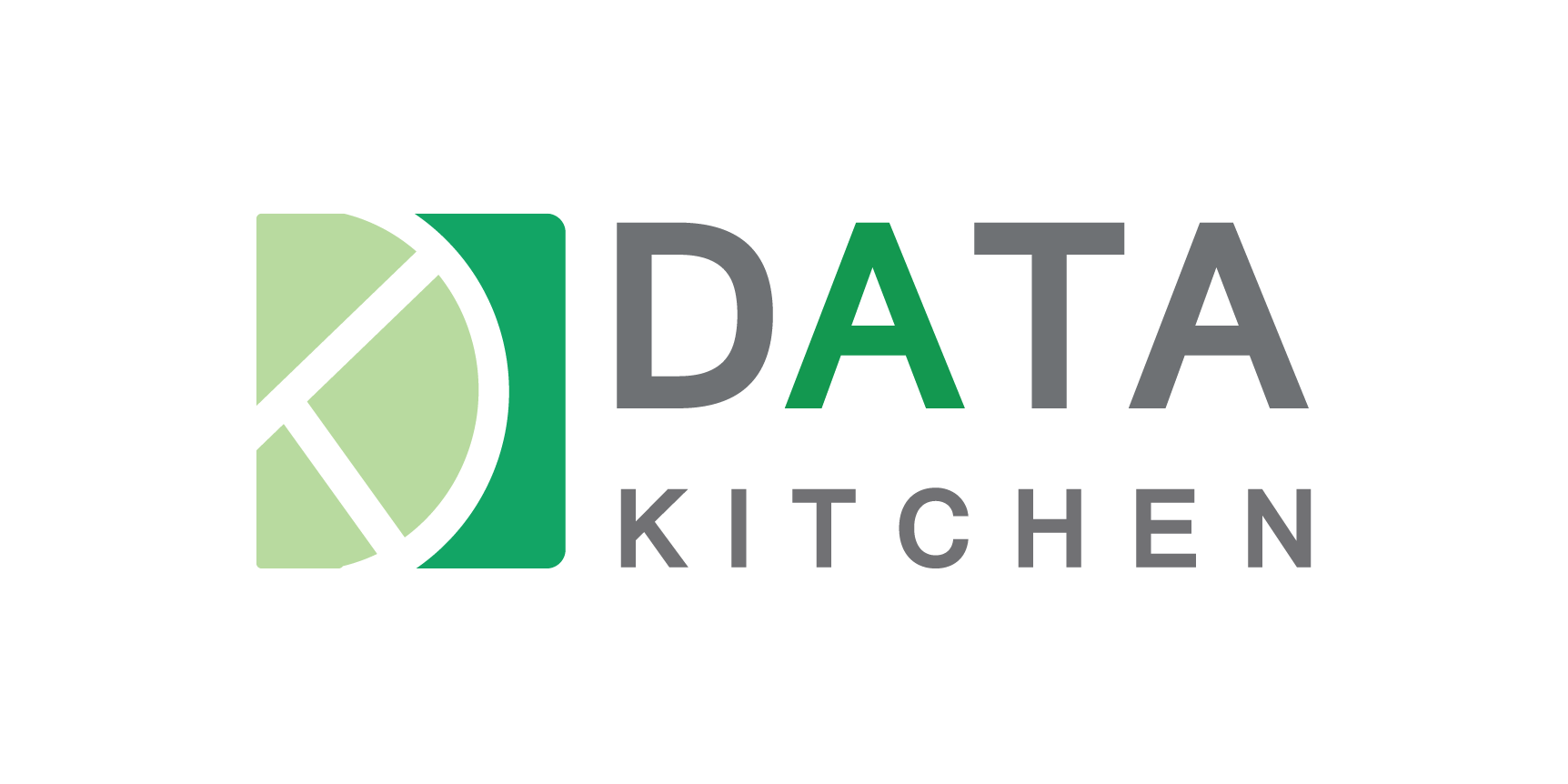In today’s data-based, technologically advanced business world, the right data analytics tools are important for approaching useful information from big datasets. As we are now into 2024, many technologies have introduced themselves as leaders in this sector. They are providing effective and impactful capabilities to businesses across industries. In this listicle we will discuss in detail the top eight data analytics tools and technologies by providing a clear view of their unique features and practical applications.
Please Watch the Below Video on Business Intelligence Tools: Tableau & Power BI
1. Tableau: Visual Analytics for Everyone
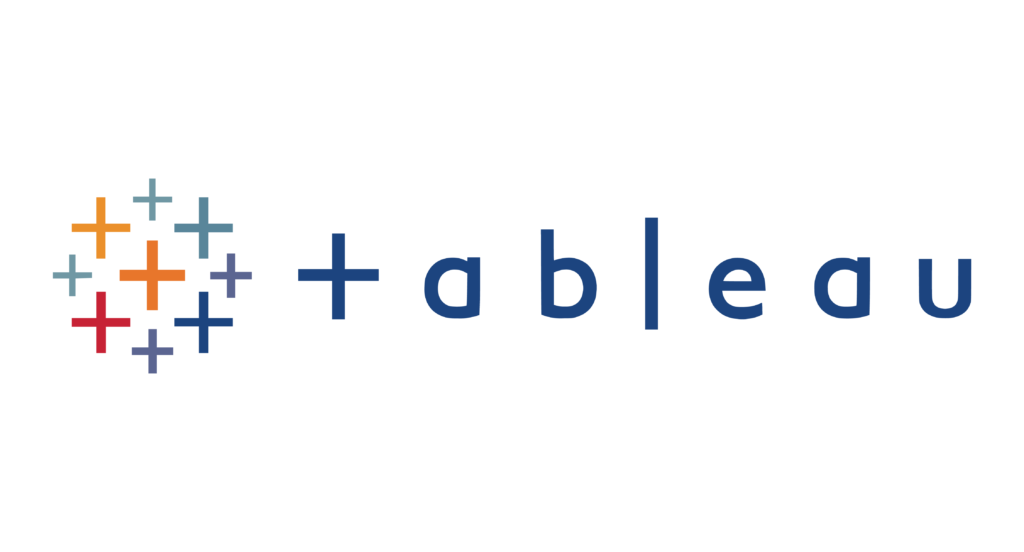
Tableau has become a favorite tool for data analysts because of its intuitive visual analytics interface. It allows users to create complicated graphs and interactive dashboards with ease.
Example- A notable case is how a major retail chain optimized its supply chain by visualizing sales data across regions in real-time. It significantly helps in reducing overstock scenarios.
2. Power BI: Flawless Integration with Microsoft Ecosystem
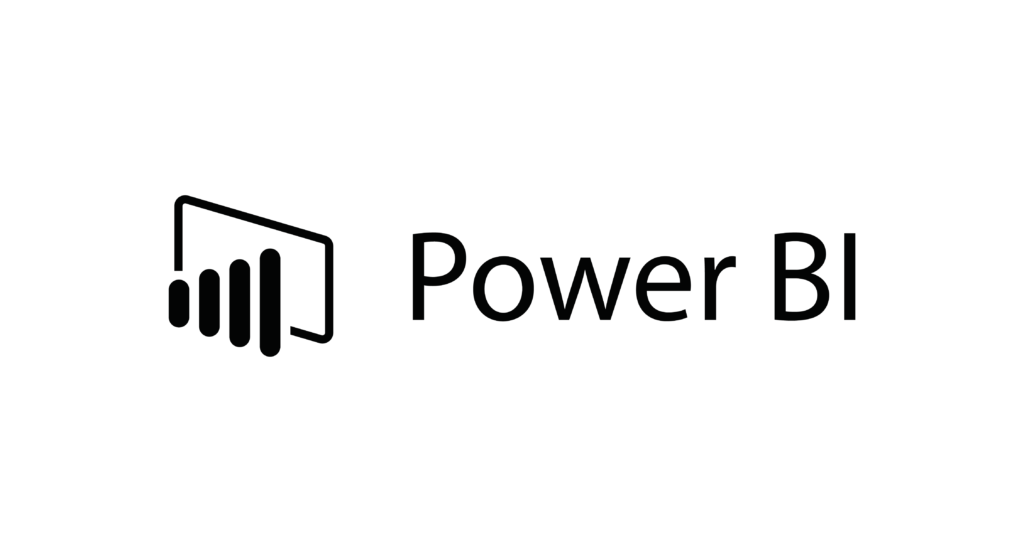
Microsoft Power BI provides a detailed integration with other Microsoft services, for example Azure and Office 365. This integration simplifies the analytics workflow for many businesses.
Example: An insurance company used Power BI to simplify their claim adjustments. They did so by integrating data from different sources into a unified dashboard. It resulted in increased speed and accuracy of decision-making.
3. Python: The Flexible tool of Data Analytics
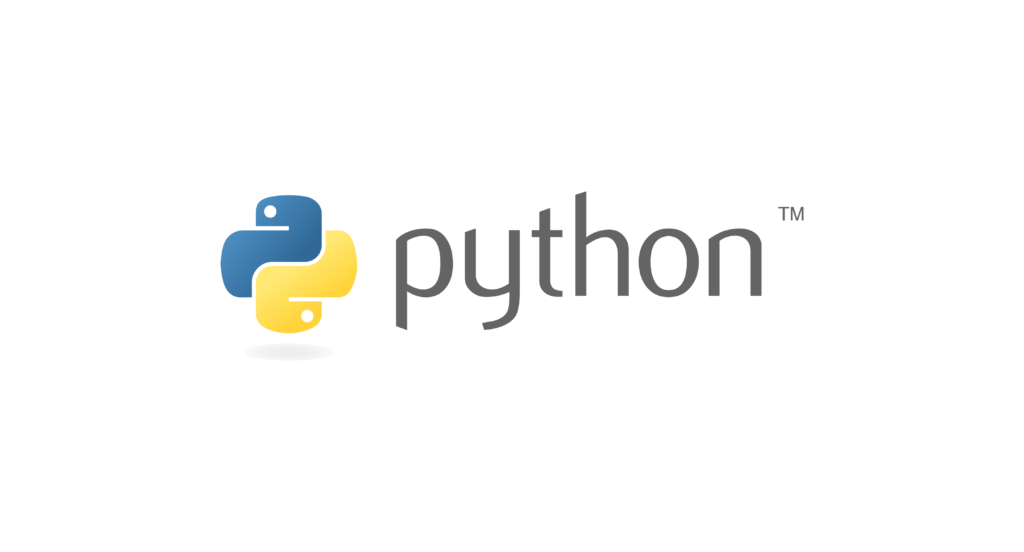
Python‘s flexibility and the big array of libraries, for example Pandas and NumPy make it one of the most preferred tools for data analytics.
Example: A tech startup used Python to develop a predictive model that forecasts user engagement trends with over 90% accuracy. This idea helped them to customize their services effectively.
4. AWS Analytics: Advanced and Scalable Cloud Solutions
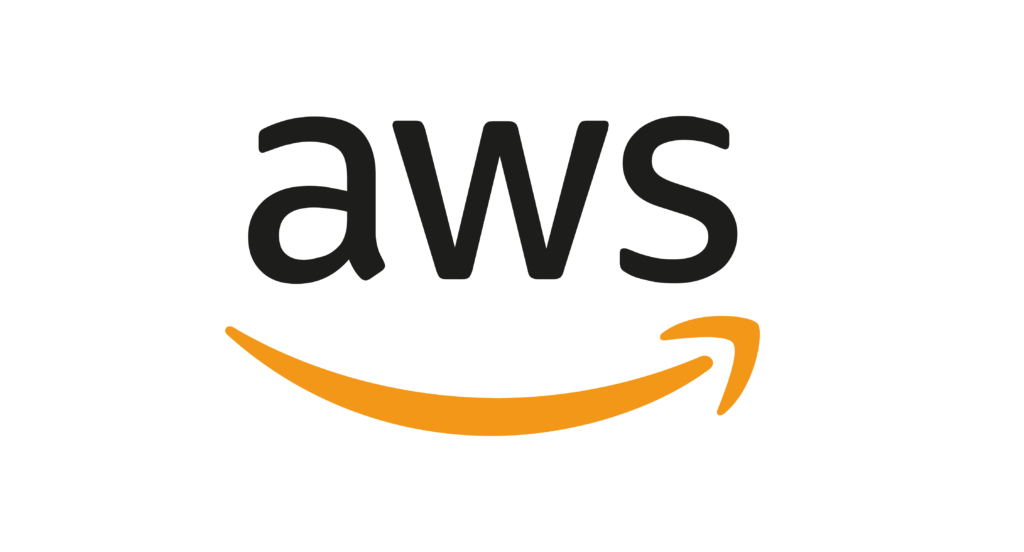
AWS provides a comprehensive suite of analytics services that are technologically advanced and scalable.
Example- By using services, for example AWS Glue and Amazon Redshift, a logistics company effectively managed to reduce data processing time from hours to minutes. That helped them with improved and impressive operational efficiency.
5. Snowflake: Data Warehousing Built for the Cloud

Snowflake has become that popular and favorite for its architecture that separates computers from storage. This efficient step allowed businesses to scale up or down without any significant downtime.
Example- An e-commerce platform used Snowflake to manage and analyze customer data from multiple sources. That resulted in a 30% increase in customer retention through personalized marketing campaigns.
6. Google BigQuery: Serverless Data Analysis at Scale

Google BigQuery is known for its serverless data warehouse solution. Its unique approach is it allows users to run analytics at scale with no server management.
Example: A media company used BigQuery to analyze billions of data points to understand viewer preferences and adjust their content strategy efficiently.
7. Talend: Simplified Data Integration
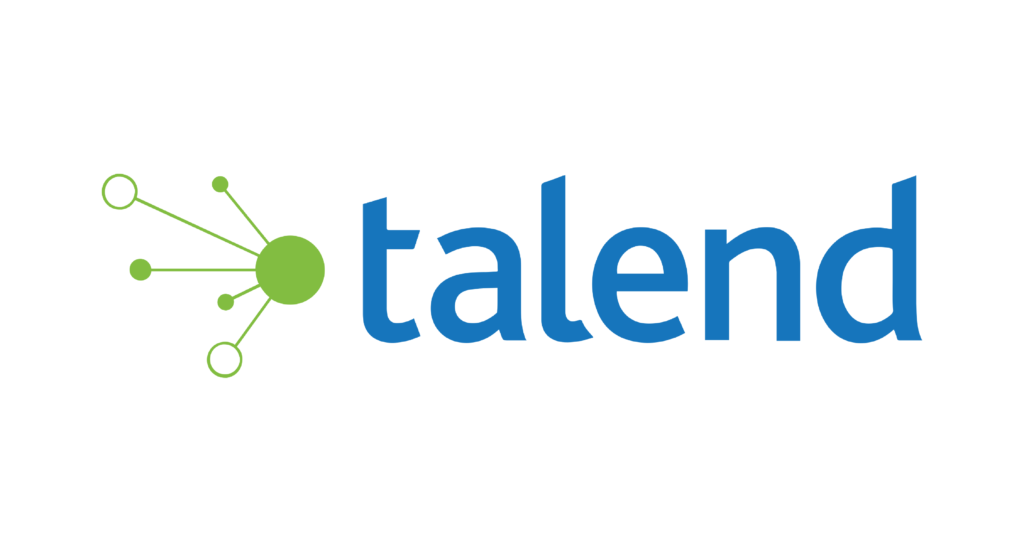
Talend provides technologically advanced tools for data integration. You can also use them for effective quality management and governance.
Example: By using Talend, a healthcare provider could integrate disparate data systems into a centralized repository. Talend can effectively help them in improving the accuracy and timeliness of patient care data.
8. Databricks: Unified Analytics Platform
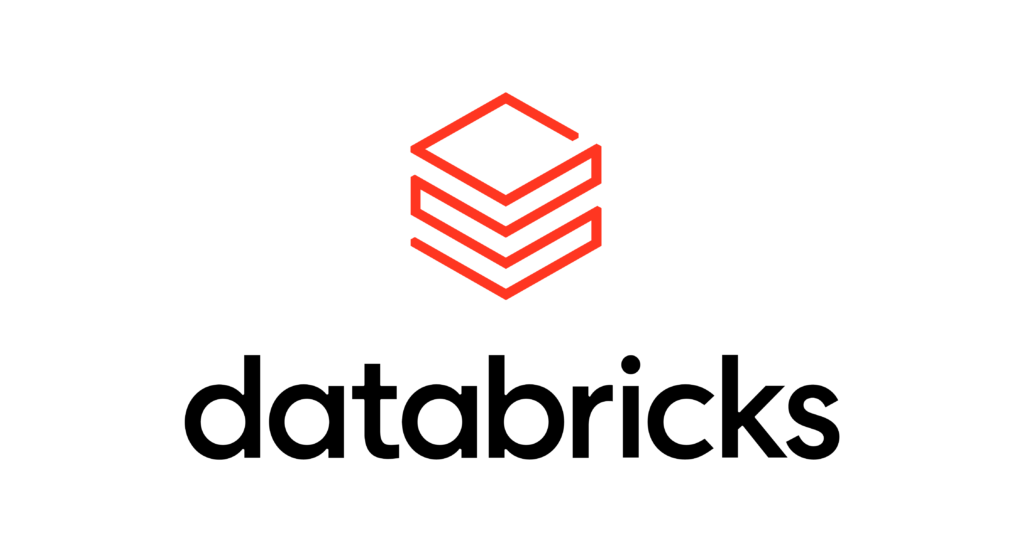
Databricks provides a unified platform for big-scale data engineering and collaborative data science.
Example: An energy sector client deployed Databricks to perform real-time analytics on IoT device data. It worked very well in improving predictive maintenance strategies and saving costs by 20%.
Do you want to implement the data engineering frameworks with latest tools & technologies, click here .
This listicle has expressed in detail about presently leading data analytics tools. The examples of each are efficient enough to provide a comprehensive guide for businesses who want to use the exact capability of data. It skillfully represents each tool’s unique strengths and real-world application. This information will sure bring incredibly value for your decision-makers. The availability of practical examples helps to contextualize the technologies. This listicle will be relatable for you whether you are a small business owner or a CTO at a large business. It will work as a necessary resource for identifying the challenging and complicated space of data analytics tools in today’s advanced and fast digital business world.
Conclusion
Choosing the right data analytics tool depends completely on specific business requirements, data strategies, and existing IT infrastructure. Whether you require a tool that integrates flawlessly with your existing systems, for example Power BI, or a tool that provides effective data processing capabilities, for example Databricks, the market in 2024 provides a range of options to suit different organizational demands.
Each of these tools provides unique benefits and has been successfully implemented by organizations around the world to approach decision-making and strategic initiatives. As we continue to advance in the digital business world, the role of these analytics tools will only grow more significant, strengthening businesses to convert data into useful information with more precision and efficiency than ever before.
Are you curious to know more about such types of tools? Click here for the next listicle from the series to increase your tech knowledge and expertise.







